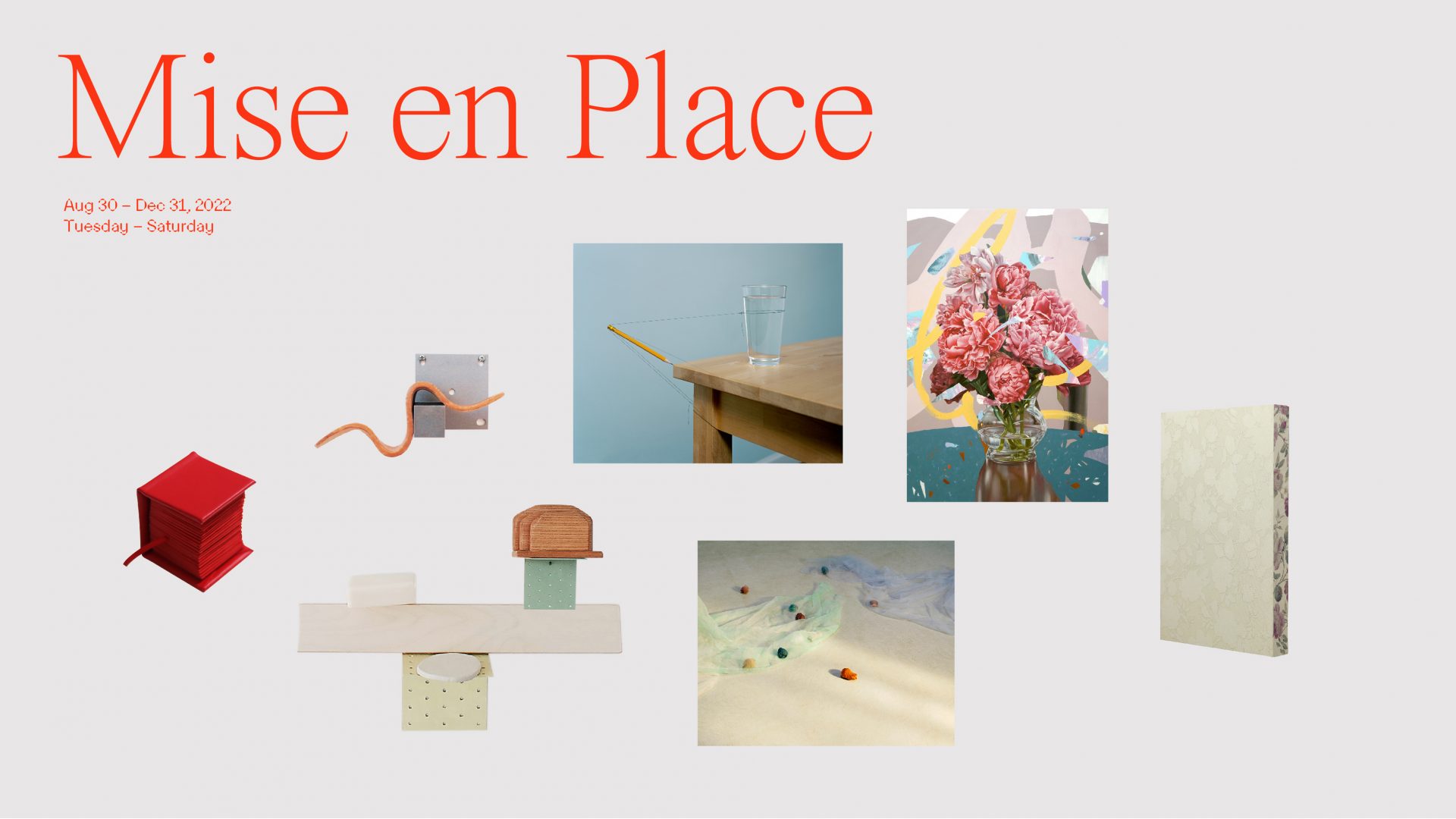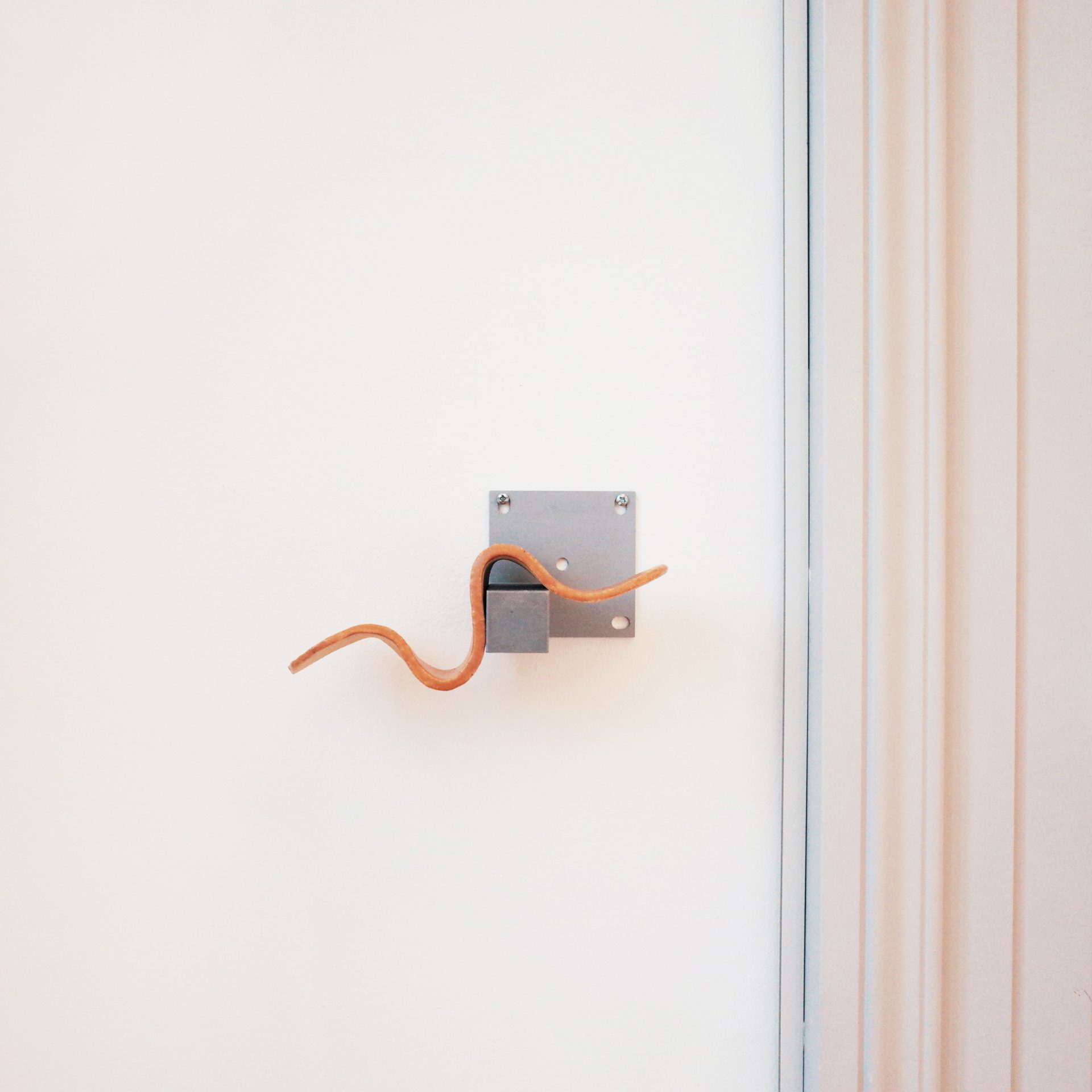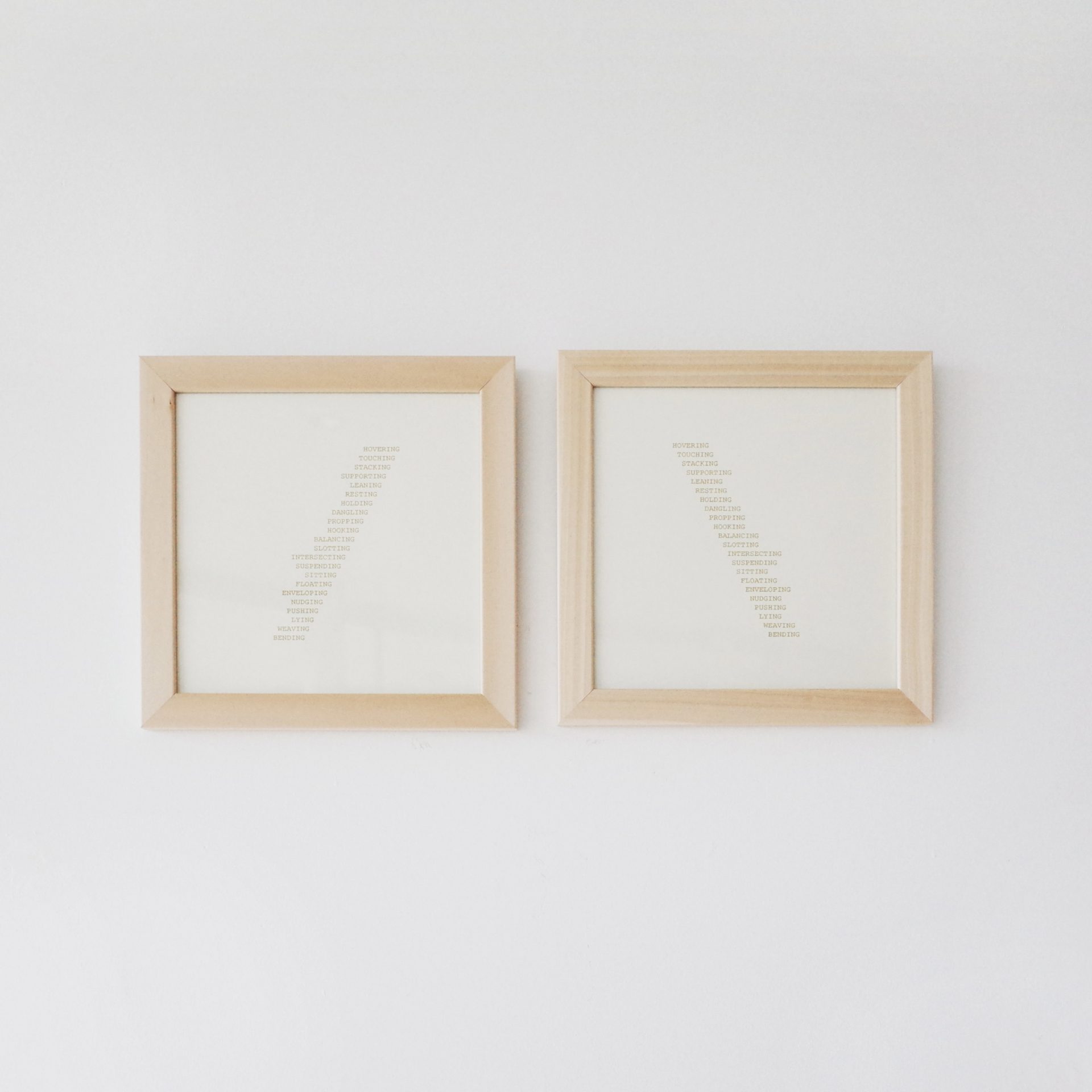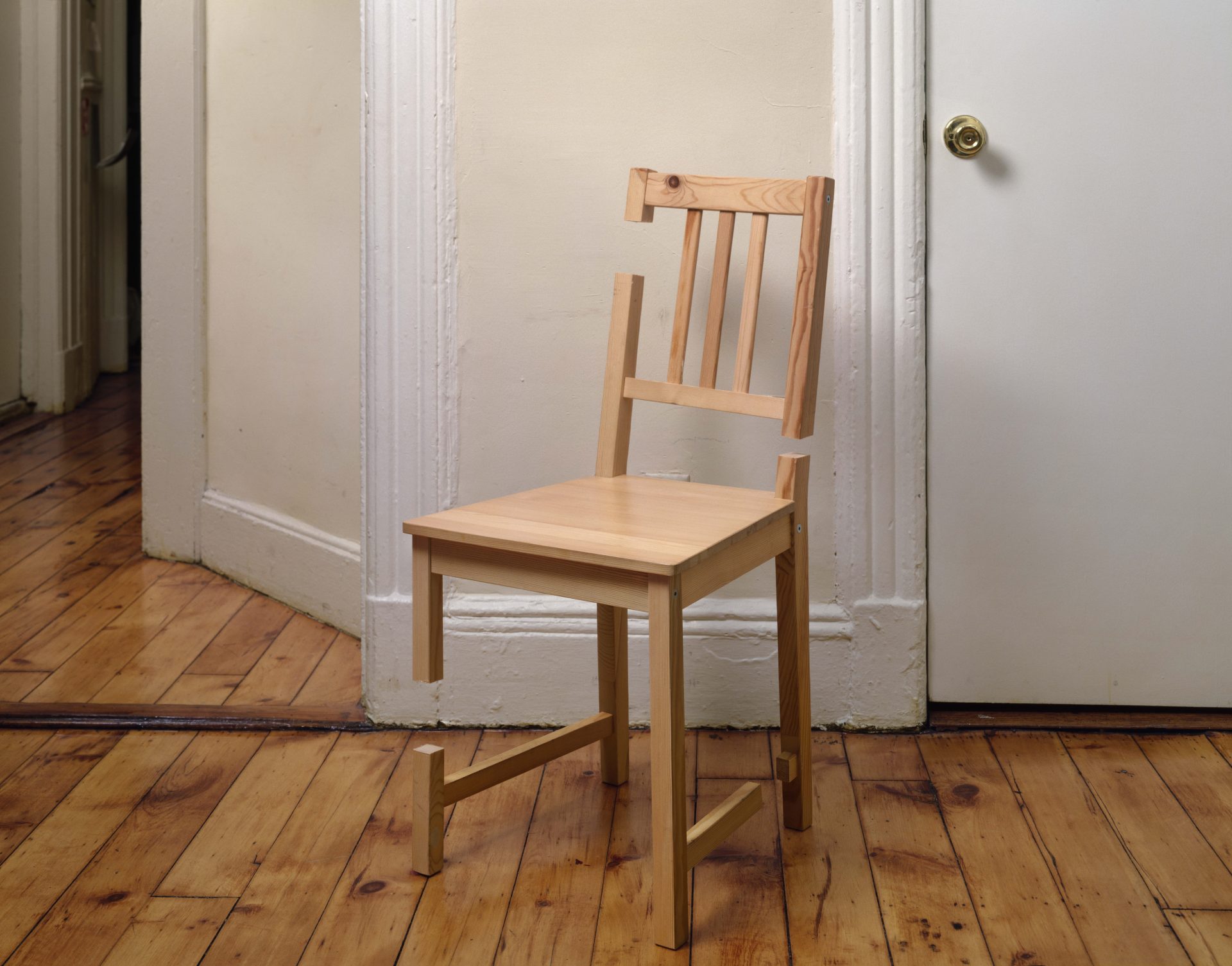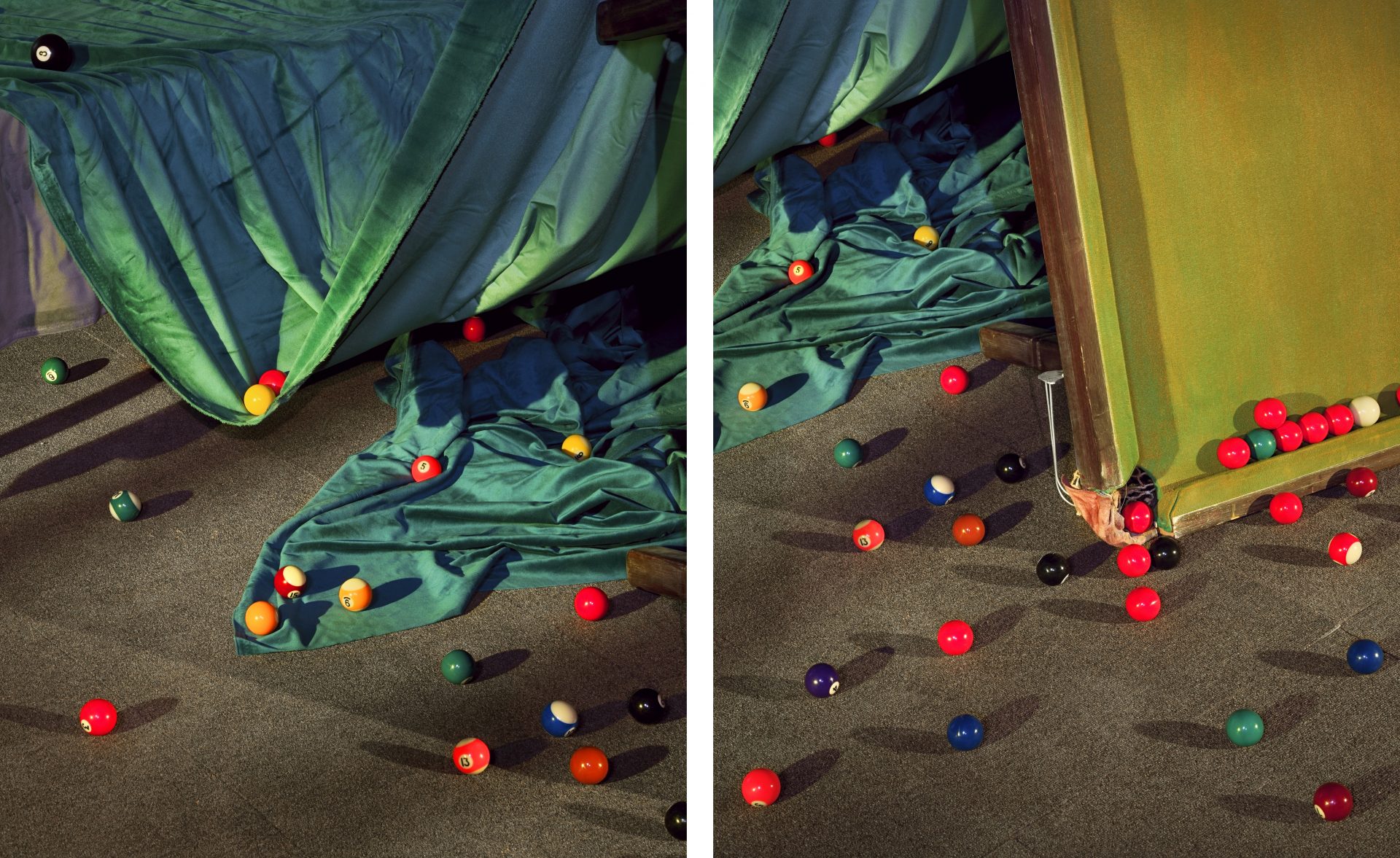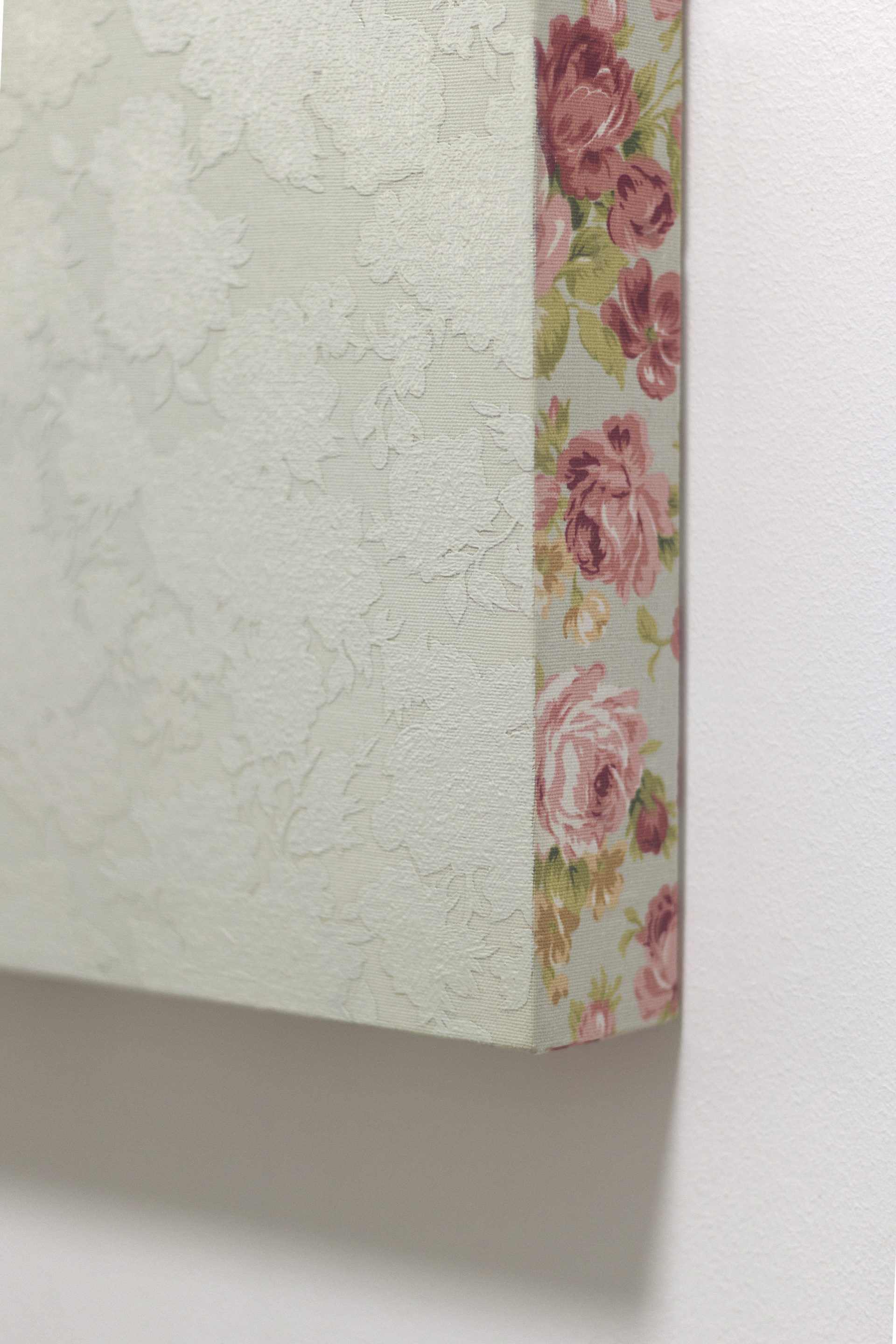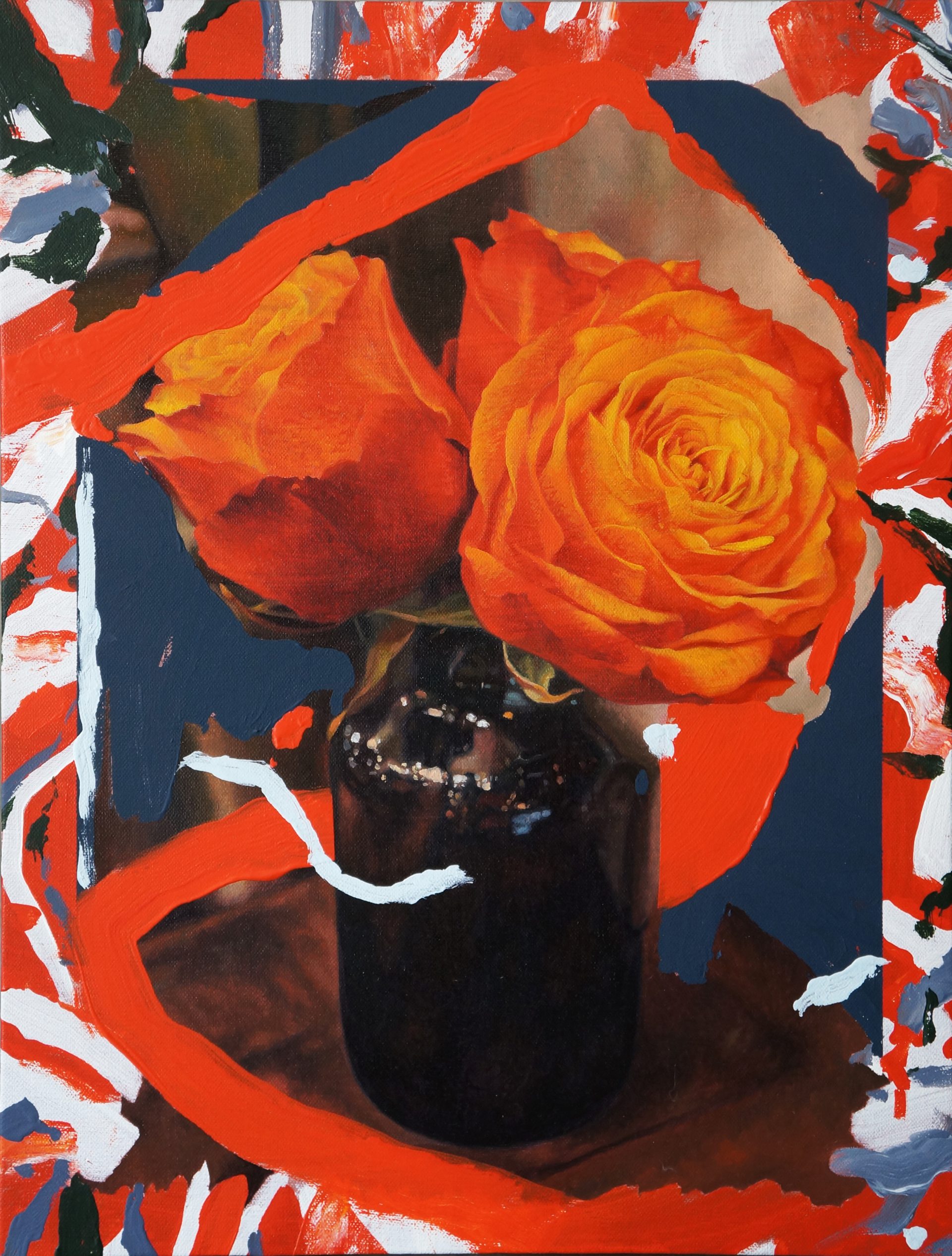Mise en Place
Originating in French cooking, the phrase ‘mise en place’ refers to gathering and putting things in their place. In the kitchen, it is the preparation work vital to be set-up for service; beyond the kitchen, it may be the setting of a scene or performing of rituals that prepares a space for action.
As an interdisciplinary site, Appetite’s conceptual design, interior settings, and social relationships are developed to emulate the home, or an extension of a friend’s home. Each day, we fluff up the pillows and light the candles. We straighten the frames and dust off the artworks. We select the records and place them on the shelves. We perform these acts daily to prepare the site for a new set of unfolding experiences. Every object installed in the space is taken as an active agent that contributes to narrating the site, and an opportunity to consider the poetics of the seemingly ordinary.
Referring to our culinary roots and the daily practice of setting the scene, Appetite’s new exhibition, Mise en Place, brings together the works of 6 local and international artists. Taking the site as a starting point, the artworks play with our expectations of the everyday through seemingly ordinary objects, subverting the familiar through wit and humour.
Mise en Place is open to the public from 30 August, 2022 – 31 December, 2022.
Click here to book an exhibition tour.
For private viewings, please email clara@appetitesg.com.
Walk-ins are available on Fridays and Saturdays, 11AM – 2PM.
“The world of objects, however ‘ordinary’, is a trove of disguises, concealments, subterfuges, provocations and triggers that no singular… subject can exhaust” (Hudek, 2014). In the exhibition Mise en Place, the artworks challenge our expectations of objects and the environments which they inhabit. The disjunct between an object’s materiality and their representation is a rich space for the artwork to enter and offer interpretative frameworks.
Some pull wryly incongruous meanings into a single form; others transform their contexts and manipulate their objecthood to extend poetic readings. Objects serve as vehicles of pathos – metaphors to the tensions between our internal and external selves – yet at the same time, they stubbornly refuse full comprehension. In provoking moments of unexpected encounters and surprise, the works invite the viewer to reflect on their ‘ordinariness’ and the role that objects play in the narration of a space and the staging of its intimacies.
Genevieve Leong
Observing the subject of shelves – devices that provide a surface for the storage or display of objects – Genevieve Leong’s sculptural assemblage Intricacies of Support (2021-2022) explores the possibility of shelves, or things that can potentially function as shelves. Shelves are necessary in homes, art exhibitions, and working spaces, yet somehow feel secondary to the objects they support. The shelf takes centre stage in the installation, holding nothing but themselves: a shelf holding a shelf, holding yet another shelf. Made from vastly different materials, some solid and others precarious, the shelves interact and interlace in a variety of ways – holding, propping, hovering, leaning, resting, pushing against; expanding their rigid functionality into a multiplicity of relationships.
Accompanying the installation is a list of relationships (2021), a text that reflects on the subtleties in relationships, connections and the many various ways that a person can relate to another. Alongside the shelves, it nudges the viewer to contemplate the distances that exist between our individual selves and others.
Genevieve Leong’s (b. 1992, Singapore/Switzerland) art practice attempts to visualise the intangible. Beginning with the immaterial, her work often combines text, image, found and made objects and the manipulation of space to create what she describes as “an almost physical image”. Her work seeks to shed new light onto her emotions, sensations, and realisations.
Leong completed her BA Fine Art (Photography & Digital Imaging) at Nanyang Technological University, School of Art, Design & Media, Singapore, in 2015, and her MA Contemporary Art Practice (Critical Practice) at the Royal College of Art, London, in 2019. Her works have been the subject of numerous solo exhibitions, including “Evaporation Studies” at so-da space, Zurich, Switzerland (2022) and “Configurations” at Supernormal, Singapore (2019) among others. Her work has been included in multiple group exhibitions internationally in Switzerland, Singapore, United Kingdom and China.
Mauricio Alejo
The works of Mauricio Alejo transform everyday objects by inserting them into unusual contexts. Usually constructed as sculptural assemblages and then photographed, they are brought into new narratives which defy their functionality and are displaced from their contexts. In Dinner Table (2012), an imaginative, precariously-balanced and temporary suspension seems destined to collapse at any moment, held in place by tension.
Mauricio Alejo’s (b. 1969, Mexico) practice gravitates around the relationship between the physical space where things happen; the representational space of photography where those things are depicted, and the mental space of the viewer who experiences the final outcome. While anchored in the factual world, his images and installations explore the evanescent constitution of reality and its interchanges with the notion of the world as an image.
Alejo has exhibited at numerous institutions globally, including: the Museo Nacional Centro de Arte Reina Sofia, Madrid, Spain; the CCA Wattis Institute for Contemporary Arts, San Francisco, USA, and Centro de la Imagen, Mexico City, Mexico. He has also been a recipient of several grants awarded by the New York Foundation for the Arts, the Fondo Nacional para la Cultura y las artes, among others.
Chen Wei
With meticulous attention to detail, Chen Wei stages his photographs using found objects and fabricated props, which evoke motifs and symbols from personal memories and fantasies imagined, juxtaposed with everyday reality.
In Sock Balls (2020), compact and colourful folded socks are strewn casually in the aftermath of an unknown event. Cascading light dramatically highlights a single orange ball, ironically amplifying the mundanity of its objecthood. In constructing a dream-like sequence that exists in even the most mundane of moments, the artist draws attention to the internal structure of daily life.
Chen Wei (b. 1980, China) focuses on social themes such as urban landscape and disco culture, and works with photography and installation. Influenced by the 20th century’s cinematically staged photography, Chen introduces a layer of theatrical stage design and painterly sensibility to his photographic repertoire.
His works have been the subject of numerous solo exhibitions, including: “WHERE ARE YOU GOING TONIGHT”, Chi K11 Art Space, Guangzhou, China (2018); “Noon Club”, JNBY Foundation, Hangzhou, China (2016); “Tight Rope”, Yokohama Creative City Centre, Japan (2011), and more. Chen has been shown in various group exhibitions internationally, and his wors are in the collections of Ullens Center for Contemporary Art, Yuz Museum, K11 Art Foundation, the Rubell Family Collection, San Francisco Museum of Modern Art, 21st Century Museum of Contemporary Art Kanazawa and many others.
Lesley-Anne Cao
Playfully thinking about language, poetry and meaning, Lesley-Anne Cao’s Bonsai (2022/2018) takes the form of a small handbound book, consisting of carefully written and arranged text fragments. Scaled to fit in a palm (or a mouth), it invites the viewer to hold, sift through and reassemble its contents, patterned after the most basic structure of the language of recipes. What is needed? What must be done with it? And to make what?
The accompanying single-channel video presents one possible result of this aleatory language game. Uniquely encountered and assembled by the viewer, Bonsai (2022/2018) unfolds an infinite number of imaginative suggestions to interact with the everyday.
Lesley-Anne Cao (b. 1992, Philippines) describes her practice as a series of divergent processes that explore the interplay of materiality, exhibition-making, and fiction. Her works make use of recognizable materials such as books, plants, debris, precious metals, and money, towards the actualisation and presentation of fictional objects and environments.
Her works have been shown in international exhibitions, such as “Cast But One Shadow” at University of the Philippines Vargas Museum, Quezon City, Philippines (2021); “No More Mesmerizations”, Bangkok Biennial, Thailand (2020/1); “Courses of Action” at Goethe-Institut Hong Kong and Para Site, Hong Kong (2019), and “Of sampaguita, ilang-ilang” at c3 Contemporary Art Space, Melbourne, Australia (2019). Recent solo exhibitions include ‘A song plays from another room’, MO_Space, Taguig City (2021), ‘Hard and soft prayers’, The Drawing Room Gallery, Makati City (2021), and ‘The hand, the secretary, a landscape’ Cultural Center of the Philippines, Manila (2018). She has been granted artist residencies in Taiwan and Finland and has also presented work in Australia, Seoul, Hong Kong, France, Thailand and Indonesia.
Catherine Hu
The works of Catherine Hu often behave like puns, pulling multiple meanings together into a single form such that both can coexist. As visual puns which refer to everyday objects, she subtly alters their meaning to suggest visual idioms that are wryly incongruous to one expects.
In Deflower Painting 11 and 12 (2022), a seemingly empty canvas unveils, on closer inspection, margins of floral patterns reminiscent of interior wallpaper and domestic textiles. The surface reveals itself not to be blank at all, but a painting in which the artist has meticulously matched the base colour of the fabric and painted over the pattern. Acting like a reverse camouflage, the paintings behave as objects that are difficult to place. Prompting an unexpected encounter, Deflower Painting subtly enlivens visual sensibilities that have become weighed down by convention and daily routine.
Working primarily in sculpture and print media, Catherine Hu’s (b. 1996, Singapore) process often involves the act of copying – recreating existing objects to explore the gradient between looking-like and being something. She is curious about props, replicas, forgeries, and the difference between being something and being something-shaped. They attempt to reconcile the idea that our environment is both something that precedes us, and something that is perpetually being made.
In 2019, she received a solo show, “Very Little Changes” at gallery no one, Chicago, and her artworks have been included in group exhibitions such as “Bad Imitation”, Tanjong Pagar Distripark, Singapore (2022), “The More You Listen, The Louder It Gets”, Comfort Station, Chicago (2021), and “Between a Rock and a Dream”, Heaven Gallery, Chicago (2019). She holds a Bachelor of Fine Arts from the School of the Arts Institute of Chicago.
Chayanin Kwangkaew
The genre of still life painting has always tackled the illusionistic representation and the dedicated study of the everyday object. In Chayanin Kwangkaew’s paintings, the artist observes objects from his mundane surroundings as flashes of interruptions float past. In Continue No. 1 (2019), the surface of the floral still life is disrupted by energetic bursts of colour which flatten the subject and background. For the artist, these are interventions caused by interrupted thoughts within a shifting landscape of rapid communication and technology. At the same time, they speak to the transience and instability of memory – sometimes vivid, sometimes fading.
Still life has been the subject of many artists past and present, but Chayanin Kwangkaew (b. 1990, Thailand) injects his works with contemporary imagery, as if disrupting the solemnity of inert objects. Drawing from his own experience of living with loneliness, Kwangkaew imbues these feelings into his paintings.
Kwangkaew received his BFA in painting from Silpakorn University in 2013, and finished his MA in the same degree from the same university in 2016. Since 2009, he has exhibited with fellow artists in Thailand, Singapore, South Korea, Indonesia, and Australia. He has also had international solo exhibitions, having mounted his works in Malaysia and the Philippines.
Curated by:
Clara Che Wei Peh
Seet Yun Teng
With special thanks to all the participating artists, as well as:
Ota Fine Arts
SAC Gallery
References:
Bachelard, Gaston. The Poetics of Space. Boston: Beacon Press (Reprint), 1994, xxxvi.
Haltman, Kenneth. American Artifacts. Essays in Material Culture, edited by Jules David Prown and Kenneth Haltman, Michigan State University Press, 2000, pp. 1-10.
Hudek, Antony. The Object. Whitechapel Gallery and The MIT Press, 2014, pp. 14.

